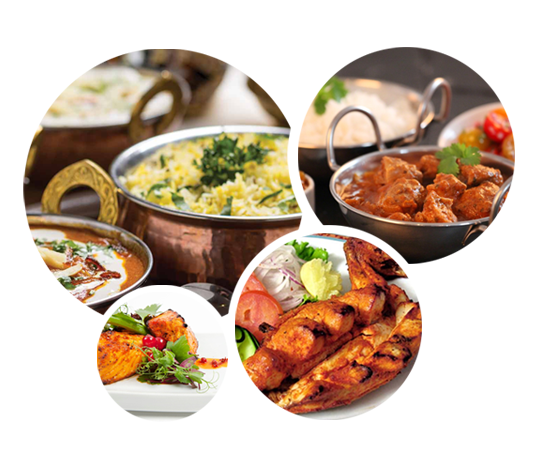Century Eggs: Full Guide
Century eggs, also known as preserved eggs, thousand-year-old eggs, or millennium eggs—pídàn in Mandarin and pei dan in Cantonese (皮蛋)—are a Chinese delicacy.Though they’ve earned a certain reputation, we love using them in key dishes. Learn everything you need to know about these uniquely preserved eggs, from their distinctive flavor to culinary applications.Whether you’re making a congee, spicy cold tofu dish, or traditional appetizer, this comprehensive guide will show you how to incorporate century eggs into your cooking! What Are Century Eggs? Century eggs are duck, chicken, or quail eggs preserved in a mixture of clay, ash, salt, quicklime, and rice husks.
Despite their intimidating name, they aren’t actually preserved for a century or a thousand years—the process typically takes between a few weeks to a few months.The egg white transforms into a dark, translucent amber or brown jelly with a firm texture, while the yolk becomes a deep greenish-gray with a soft, creamy center that can sometimes be slightly runny at the core. Fresh century eggs are wrapped in their preservation mixture and need to be unwrapped and rinsed before using.In modern markets, they’re commonly sold already cleaned and individually wrapped in plastic, ready for consumption.
(While you can cook them further, you don’t have to.You can use them as is.) Century eggs have: A rich, complex umami flavor with mineral notes.The flavor is eggy and rich,
Foody Chum
Publisher: The Woks of Life



